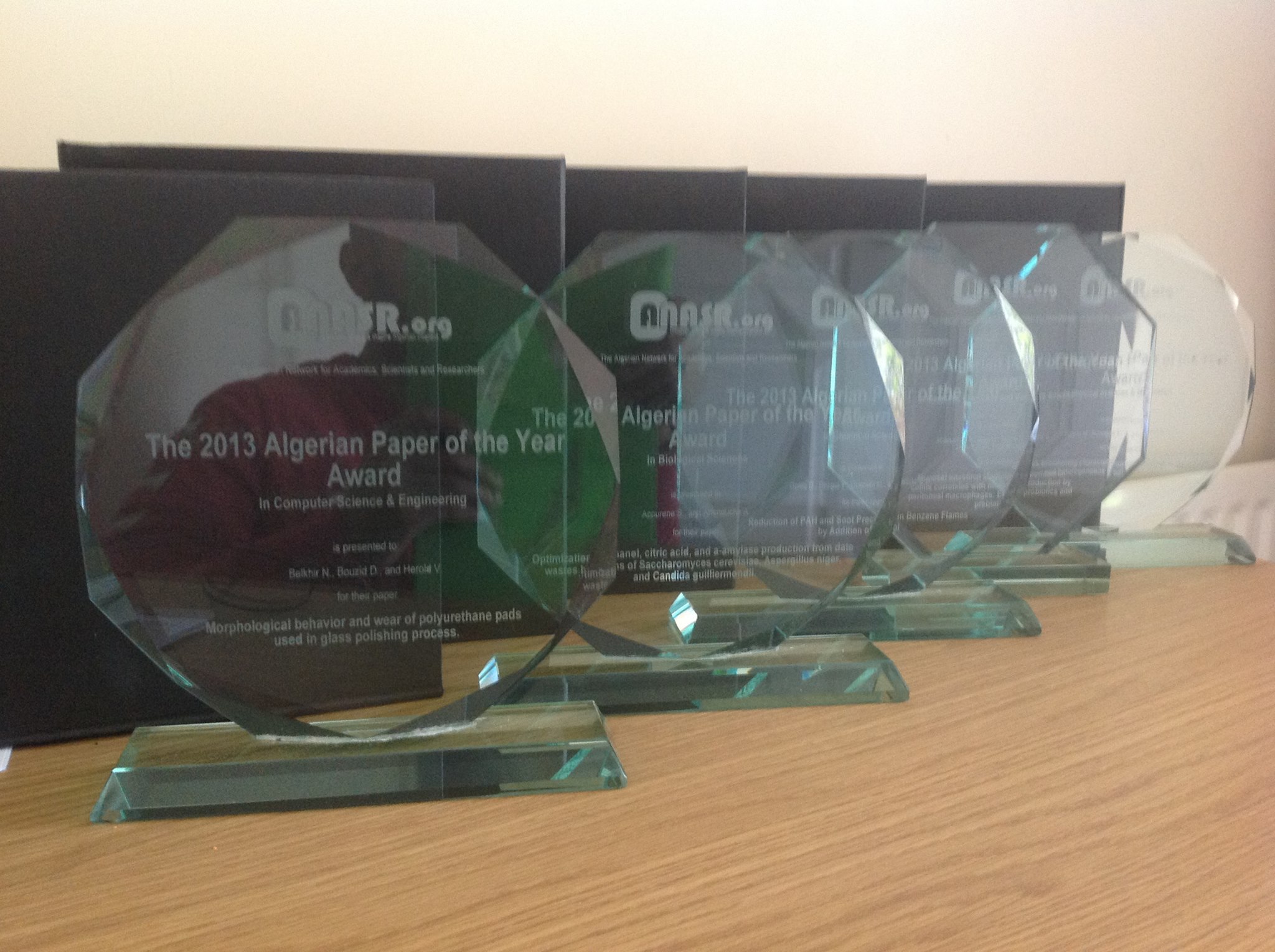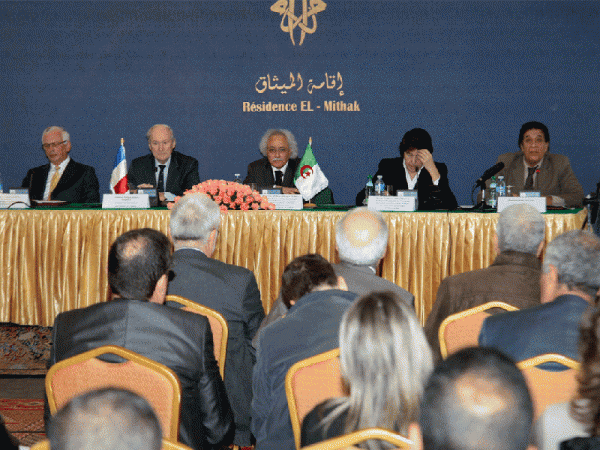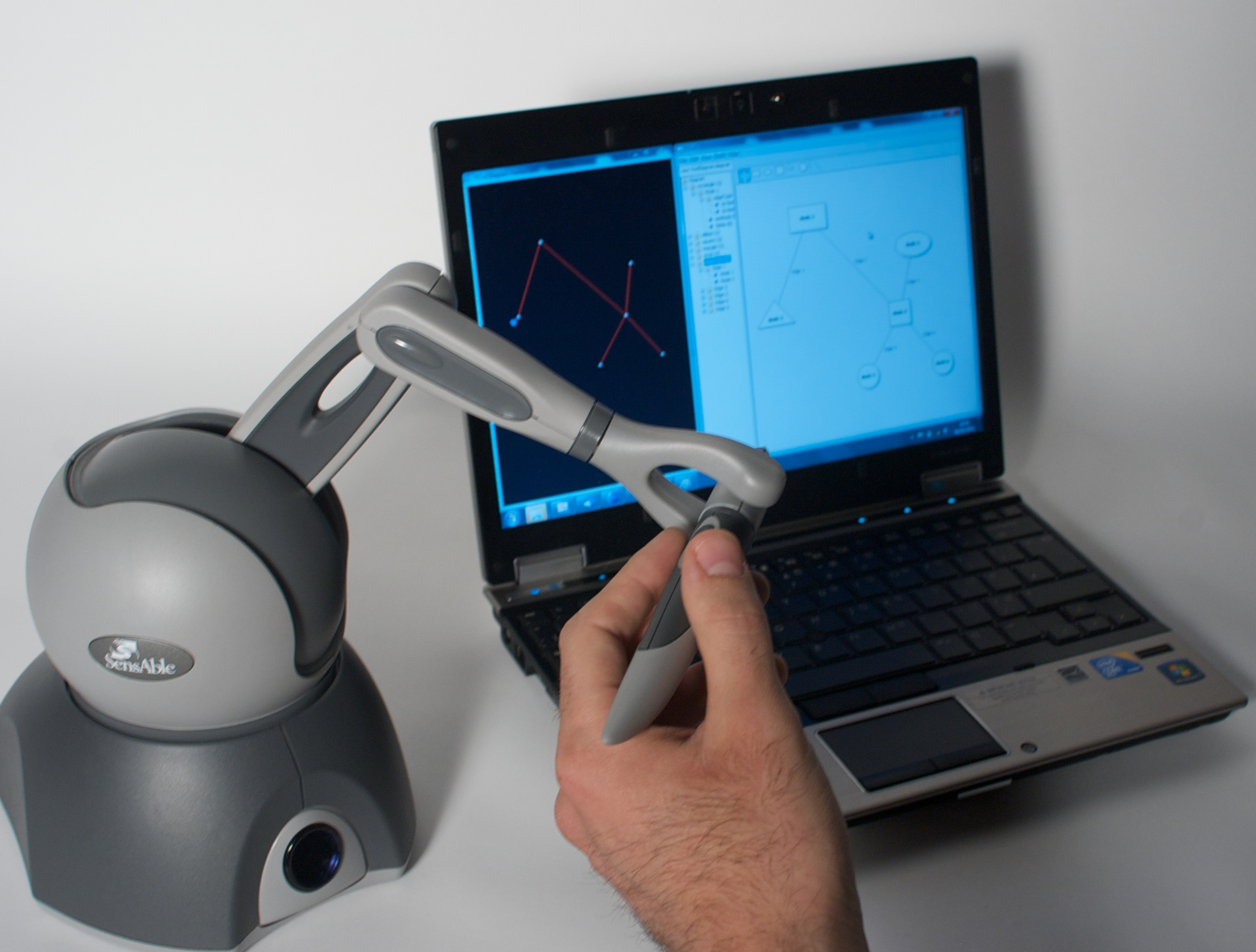Event Report | The making of the 2013 Algerian Paper of the Year Awards
As any researcher will know, producing scientific work that pushes the boundaries of science is an intensive process that requires rigorous planning, hard work, commitment and creativity as well as a scientific culture and a working environment that supports these efforts. Recognising contributions that advance scientific knowledge is therefore essential to nurturing and maintaining successful research environments. With this in mind, anasr.org [1] launched the first edition of the Algerian Paper of the Year Awards in January 2013. Our aim is to establish these awards as an annual event to recognise and celebrate the achievements of Algerian scientists through a process of nomination, shortlisting and peer review that fully engage the wider community of Algerian scientists and researchers in and out of the country. Read More
Opinion | Prospects for an Algerian academy of science and technology by 2014
There is no doubt that science is a crucial driver of social and economic development. Scientists therefore have a duty to both inform the general public about how findings from science can benefit day to day activities, and to direct the best of their efforts towards addressing national and international problems. Science academies can play an important role in empowering scientists to help them realise this duty because they provide a framework through which scientists can corroborate and channel their efforts. They act as collective hubs to organise scientific endeavour as well as motivate, support and reward excellence in scientific research. Read More
Editorial | The Algerian Paper of the Year 2013 Awards: winners annoucements
anasr.org launched the first edition of the Algerian Paper of the Year Awards in January 2013 to recognise and celebrate scientific publications produced by Algerian scientists and researchers across five disciplines: Biological Sciences, Chemical Sciences, Computer Science & Engineering, Medicine Pharmacy & Veterinary Science, and Physical Science & Mathematics.
The call for nominations received an impressive 160 submissions across the five disciplines, which underwent a rigorous shortlisting and peer-reviewing process. anasr.org‘s Awards Committee recruited a total of 19 researchers for the shortlisting and a panel of 25 international experts for the reviewing process. Read More
Editorial | The Algerian Paper of the Year Awards, 2013 edition
Producing scientific work that pushes the boundaries of science is an intensive process that requires rigorous planning, hard work, commitment and creativity as well as a scientific culture that supports these efforts. Recognising and celebrating contributions that advance scientific knowledge are therefore essential to nurturing and maintaining successful research environments. Read More
Feature | Can you hear that diagram?
What does a diagram sound like? What does the shape of a sound feel like? At first sight, listening to diagrams and feeling sounds might sound like nonsense, but for people who are visually impaired it is a practical issue. Even if you can’t see them, you can still listen to words, after all. Spoken books were originally intended for partially-sighted people, before we all realised how useful they were. Screen readers similarly read out the words on a computer screen making the web and other programs accessible. Blind people can also use touch to read, which is essentially all Braille is, replacing letters with raised patterns you can feel. Read More
Editorial | Launching Inspire Magazine
Just over a year ago, a group of junior Algerian researchers and practitioners met at the Waterloo Campus of King’s College London to attend the fifth general meeting of the Algerian Postgraduates in the UK network. On the agenda was an open discussion to explore the future directions of this informal network which, since its establishment in 2007, has focused on nurturing and serving its young community in the UK. Read More


